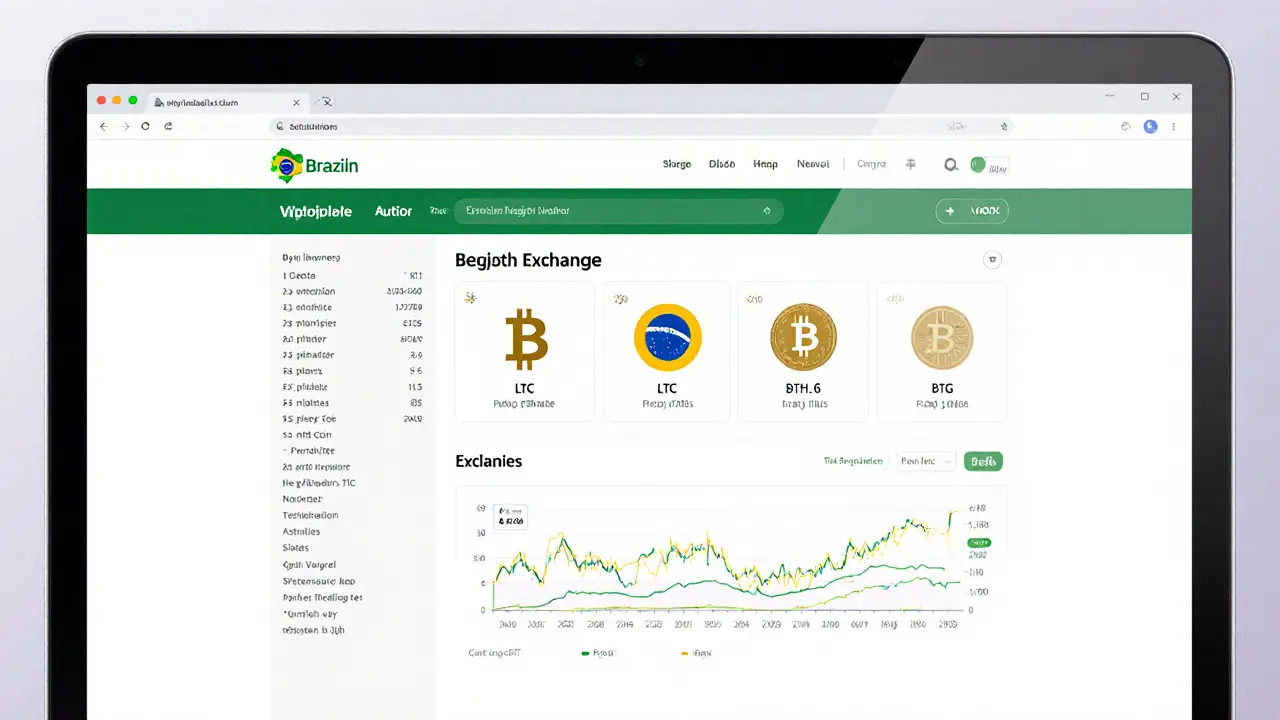Crypto Exchange Scam: How to Spot and Avoid It
When dealing with crypto exchange scam, a fraudulent platform that tricks users into losing their digital assets. Also known as exchange fraud, it often mimics legitimate services to steal funds. Crypto exchange scams encompass many tactics, from fake login pages to hidden fees that drain balances. Understanding the mechanics helps you stay ahead of attackers.
Common tactics and the entities behind them
One of the most widespread tricks is phishing, sending deceptive emails or messages that imitate a real exchange’s communication. Victims click a bogus link, enter their credentials, and hand over control of their wallets. Another brutal method is the rug pull, where developers vanish after pulling liquidity from a token or platform, leaving investors with worthless assets. Both tactics rely on a lack of security awareness; detecting scams requires vigilance and verification of URLs, SSL certificates, and official social‑media channels. KYC, Know‑Your‑Customer procedures that collect user identity data, can be a double‑edged sword—legitimate exchanges use it to meet regulations, but scammers may fake KYC pages to appear trustworthy.
Regulatory compliance is a major factor shaping exchange safety. Exchanges that follow regulatory compliance, adhering to financial laws, AML rules, and licensing requirements tend to have stronger security audits and insurance funds. This compliance influences user trust and reduces the likelihood of fraud. At the same time, decentralized platforms often operate without clear oversight, making them attractive for bad actors. Knowing which jurisdiction an exchange is registered in, checking for audit reports, and reading community feedback are practical steps to verify legitimacy. By connecting the dots—phishing lures, rug pull schemes, KYC authenticity, and regulatory backing—you can build a mental checklist that catches most red flags before you deposit any funds.
The collection below dives deeper into real‑world examples, detailed reviews, and actionable safety tips. Whether you’re evaluating a new platform, spotting a suspicious email, or learning how regulation affects exchange integrity, these posts give you the tools to protect your crypto portfolio.

Negocie Coins Review: Is Brazil’s Crypto Exchange Safe or Scam?
A detailed review of Negocie Coins, the Brazilian crypto exchange that promised BRL trading but vanished in 2020. Learn its features, security, red flags, and why it's now considered a scam.

CryptloCEX Crypto Exchange Review - Is It Legit or a Scam?
A thorough 2025 review of CryptloCEX reveals no regulator approval, hidden fees, and scam warnings. Learn how to spot red flags, protect your funds, and choose safe alternatives.
